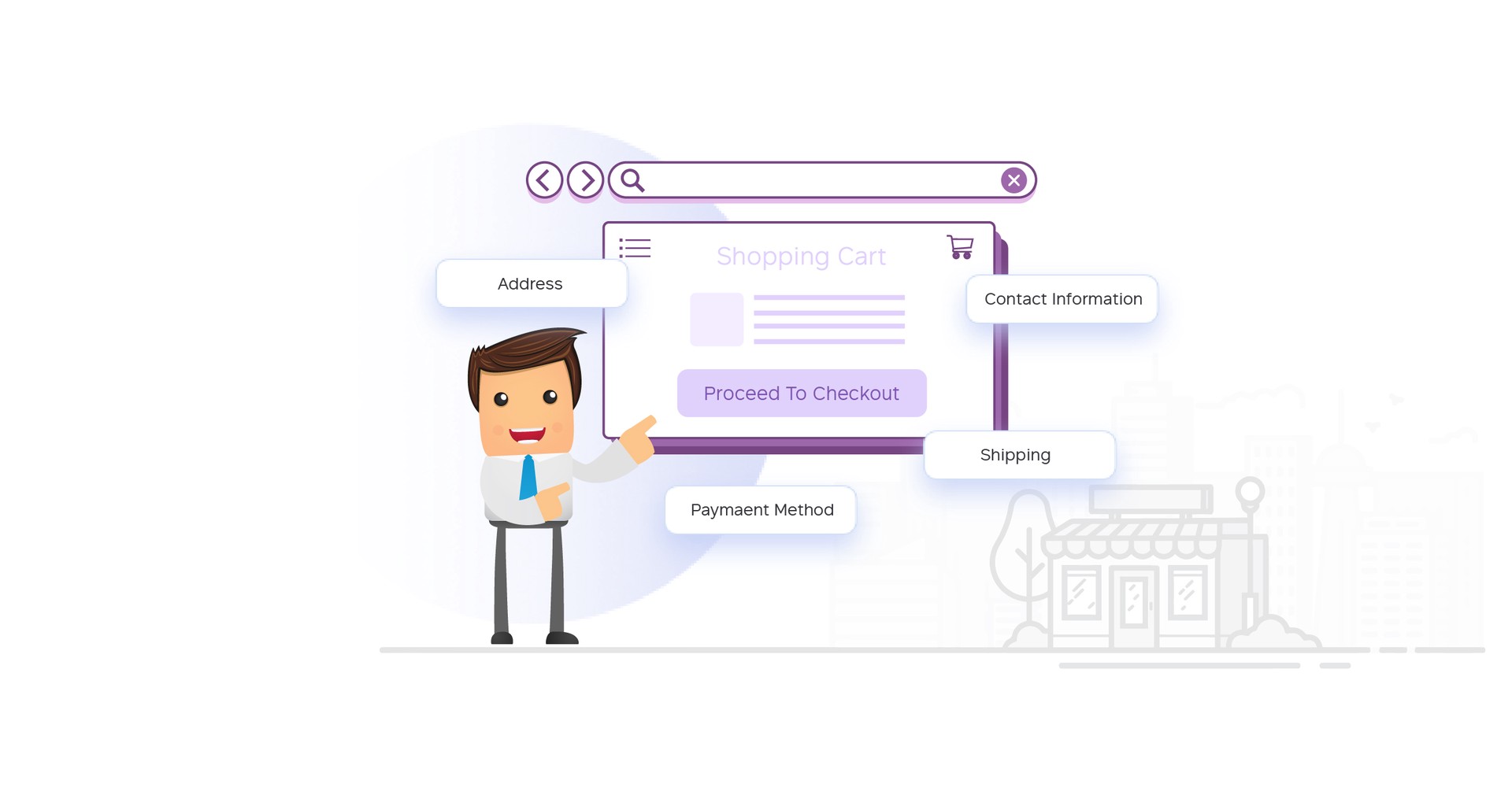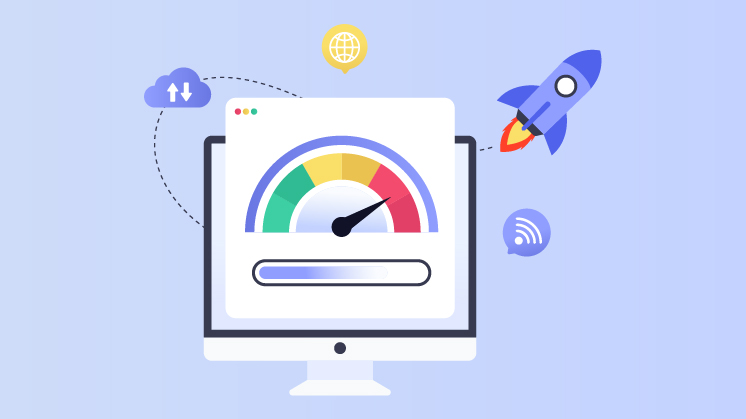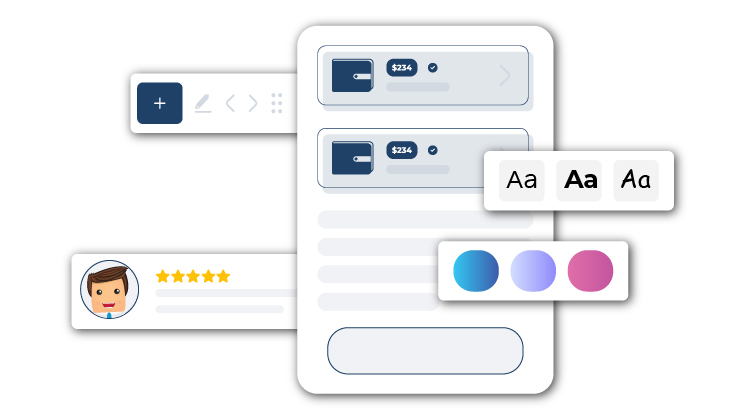WooCommerce recently introduced a major change to its checkout process – switching it to a block-based layout. This shift brings improved flexibility, design options, and performance. This comprehensive guide will explore block-based checkout in WooCommerce, its key benefits, what’s changed under the hood, and how to leverage it for your WooCommerce store.

What is Block-Based Checkout in WooCommerce?
Launched in WooCommerce 6.0, block-based checkout moves the front-end checkout blocks into the WordPress block editor. This means the checkout fields, layout, and styling can now be customized using WordPress blocks instead of a predefined structure.
The checkout blocks in WooCommerce include:
- Cart
- Checkout Form
- Order Notes
- Contact Information Form
- Shipping Address Form
- Billing Address Form
- Shipping Options
- Payment Methods
- Place Order
- Order Receipt
Talking about the checkout Cart, this new WooCommerce feature helps make the checkout process more interesting. You can use some gamification for WooCommerce techniques to make the checkout activity fun. If you have an e-commerce site, myCred’s WooCommerce Plus can be a game-changer.
WooCommerce Plus is a gamification plugin that lets you design coupons. You can reward users with digital points in exchange for coupons.
Read more about the whole process here.
So, when you edit checkout in the latest WooCommerce version, you work directly with these blocks. This allows greater flexibility for WooCommerce store owners and developers to:
- Rearrange the checkout blocks
- Add/remove certain checkout fields
- Change styling and colors
- Test different layouts
- Optimize mobile experience
- Without needing to write custom code.
Why Block-Based Checkout is Important – Benefits of Block-Based Checkout
This transition is important because it modernizes the WooCommerce checkout experience. Benefits include:
Improved Speed
The new architecture loads faster and more efficiently by rebuilding checkout using React and Blocks. This directly improves page load times and conversion rates.

Better Customization
Manipulating checkout design and layout is easier thanks to WordPress’s robust styling and editing tools for blocks. No code knowledge is needed here for block-based checkout in WooCommerce.
More Consistent Design
Blocks enable checkout to blend visually with your overall store theme. Achieving a cohesive user experience right out of the box.
Enhanced Mobile Optimization
WooCommerce’s data shows over 60% of sales happen on mobile devices.
So, optimizing for mobile is crucial. Block-based checkout meets this need.
Future Scalability
The block approach lays the foundation for greater control over improving conversions in the years ahead as block functions grow.
Key Changes in Block-Based Checkout in WooCommerce
While checkout remains the same, the switch equates to significant changes under the hood. Some notable differences include:
1. New Code Architecture
The front-end JavaScript powering checkout now uses React and Blocks programming instead of jQuery. This requires updated coding standards for customizations.
2. Combined Shipping & Billing Form
The single-column layout combines shipping and billing address collection by default for a more streamlined user flow.
3. One-Page Checkout Experience
All blocks load on a single page rather than separate pages. Creating a shorter, more guided path to purchase.
4. Added Filter Hooks
For developers, WooCommerce incorporated new filter hooks to make custom enhancements easier without editing core checkout files directly.
5. Improved Error Handling
Better coded logic for displaying field-level errors helps users identify and correct mistakes faster during checkout.
Top Benefits of Block-Based Checkout

Let’s explore 5 of the major benefits unlocking a block-based checkout can provide WooCommerce stores:
1. Flexible Layout Customization
Rearranging checkout block orders or adding/removing fields now takes only clicks, not code changes. Test layouts that lift conversions.
2. Enhanced Design Control
Format colours, typography, borders, backgrounds, and block styling using WordPress design tools – no touching CSS required. Match your brand.
3. Works With More Themes Out of the Box
A block foundation allows checkout to mesh visually immediately with almost any theme style for a consistent site experience.
4. Improved Performance
New React code results in a faster, lighter-weight checkout loading crucial for mobile shoppers. Google ranks sites faster.
5. Future Proofing
Blocks enable easier adjustments down the road. Add features without starting from scratch as enhancements launch.
The above benefits translate to more sales from higher conversion, better branding, and faster checkouts.
What Changed for WooCommerce Customizations?
WordPress plugin customizations affecting checkout will likely break when updating to block-based checkout. Here are some key points to consider:
- jQuery-targeted elements may not apply anymore
- Hook placement likely needs adjusting.
- CSS overrides may no longer work
Fortunately, WooCommerce has built-in new filter hooks, and designers can utilize block styling instead of custom code. However, testing plugin compatibility is still highly recommended. Also, developers should review documentation for proper standards when modifying blocks.
Tips for Optimizing Block-Based Checkout in WooCommerce
Here are five tips for WooCommerce store owners to optimize conversions by leveraging the new block-based checkout:
- Rearrange Block Order Strategically: Put the highest impact blocks first, like order summary or contact details. Keep the most essential information upfront.
- Add/Remove Fields Judiciously: Laser focus checkout on just the details you truly need from customers. Remove distractions.
- Style for Brand Consistency: Use WordPress design settings to check that fonts, colors, and imagery match your products.
- Ensure Mobile Friendliness: Review responsiveness on all devices. Mobile is key: Over 60% of sales are via smartphones.
- Analyze Performance: Leverage Google Analytics or Heat Mapping to see further refinements that ignite load speeds.
Remember, you can easily revert changes or reset blocks without hurting custom code.
FAQs Around Block-Based Checkout in WooCommerce
Let’s review answers to some frequently asked questions merchants have about the checkout evolution:
When was block-based checkout introduced?
WooCommerce launched it officially in version 6.0 on January 10, 2023.
Is block-based checkout required?
Not yet. You can keep using the classic checkout for now. But block-based brings benefits, sets the direction for the platform, and will eventually supersede old checkout.
Does checkout still work the same?
Yes, functionally, the checkout steps are the same. It’s smoother and faster, thanks to front-end upgrades. Customers won’t notice workflow differences.
What about checkout plugin compatibility?
Plugins directly impacting checkout will likely break. Developers should review documentation to update customs for compatibility.
Can I revert to the old checkout if needed?
Yes, temporarily, you can disable block-based checkout. But long-term block checkout will become the only option as it improves. Getting familiar now allows an easier transition later.
Final Thoughts
Block-based checkout in WooCommerce is the future – bringing modernizations that benefit merchants and customers alike thanks to flexibility, speed, and design advancements. It sets WooCommerce up for scalability to add even more conversions-boosting features down the road, all while keeping site cohesion aligned with WordPress standards.
The switch does mean developers and store owners leveraging customizations must test and tweak plugins or code for compatibility as adoption progresses. But by keeping up to date on block checkout best practices, stores can ensure they maximize sales and keep delivering amazing user experiences.
Check out WooCommerce’s documentation and community forums for continued progress updates. This transformation will only pick up steam.